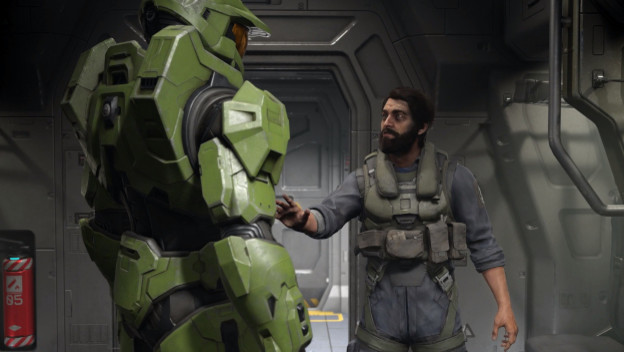It seems like there’s more rumors coming out regarding Halo Infinite. On ResetEra, an industry insider by the name of Sponger leaked a rumor that Microsoft and 343 Studios were considering dropping Xbox One support for the game. Spronger also revealed that the game may be delayed until 2022. At least one representative of 343 Studios has said that Xbox One support won’t be dropped, and Halo Infinite will come out in 2021. There’s one thing to acknowledge though. Dropping support for the Xbox One would be the best bet. While I do have an idea that might help with Xbox One support, I do want to bring up why dropping the current generation would be a good idea first.
Xbox leadership is playing up the scalability angle. While a good angle, it’s not without its limits. While there might not be much of a ceiling, there is a floor. There’s a minimum set of specs and performance values that need to be met for a game to run at a playable level. That’s where the issue arises. The gulf in performance between most Xbox One models and the next gen Xboxes are just going to be too big. Even in the instance of the all-but-confirmed Series S console that will be at around 4TFlops, there’s a lot going for it that the Xbox One doesn’t have. For example, the Series S will still be operating off the same general hardware as the Series X, just underclocked and with fewer transistors. The Series S will also still have the Velocity architecture, the SSD, and the higher-bandwidth GDDR6 RAM.
There’s also an issue from a marketing standpoint. Halo is a system-selling franchise, even in its weakest installment. It might seem hypocritical for Halo to become next-gen only due to Microsoft’s pledge for first-party studios to work cross-gen for the first year of the next generation. However, while the one-to-two-year cross-generation pledge for at least first party studios that Microsoft made is commendable, they also said that developers, even first party developers, can choose to make their games next-gen only. Coupled with that ability, a system seller like a new Halo on the Series X and Series S will ultimately encourage the upgrade quicker.
To circle back around to the point that I had an idea where the cross-gen idea could work, it’s not the best or the prettiest idea, but it would free up at least more power for 343 and Microsoft, even though the efficiency issue will still exist. Also, part of the reason I’m bringing this up is the fact that there were people getting the One X during the deals toward the end of 2019 and the first three months of 2020. Going fully next gen will alienate them unless there’s an irresistible upgrade sale.

So, here’s the idea. The window for cross-generation support is the One X. While it does have some of the weaknesses of the current generation, it does have a substantial power upgrade making it eligible to bridge the gap. Even with the anemic Jaguar core processor, it has a quicker clocked CPU and more powerful GPU alongside an upgrade from DDR3 RAM to GDDR5 RAM. The gap between the One X and the next gen consoles is going to be substantially less. So here’s the compromise. 343 Studios codes Halo Infinite in a way that it recognizes the next gen Xboxes and only the One X. Microsoft uses the limited cross-generation compatibility to maintain their cross-gen pledge while upselling Xbox One, One S, and One SAD owners into the next generation.
